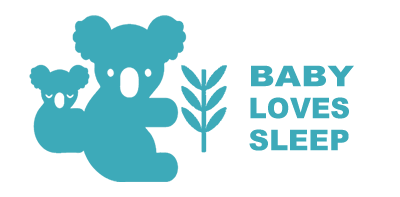Your Cart is Empty
$8 FLAT RATE SHIPPING USA | FREE $80 & OVER | PAY IN 4 WITH SEZZLE
Menu

$8 FLAT RATE SHIPPING USA | FREE $80 & OVER | PAY IN 4 WITH SEZZLE

Your Cart is Empty

March 02, 2022 2 min read
Guest writer: Sophie Acott, Sleep Consultant, Sleep Play Love
Some examples include;
Tips

Sophie Acott is an Australian Sleep Consultant, parent coach and mother of three. With her down-to-earth, holistic, and sustainable approach, Sophie helps families all over the world to overcome the many challenges faced by modern-day parenting.
Reach out via email sophie@sleepplaylove.co for queries, collaboration or consultations.
Sign up to get the latest on sales, new releases and more …